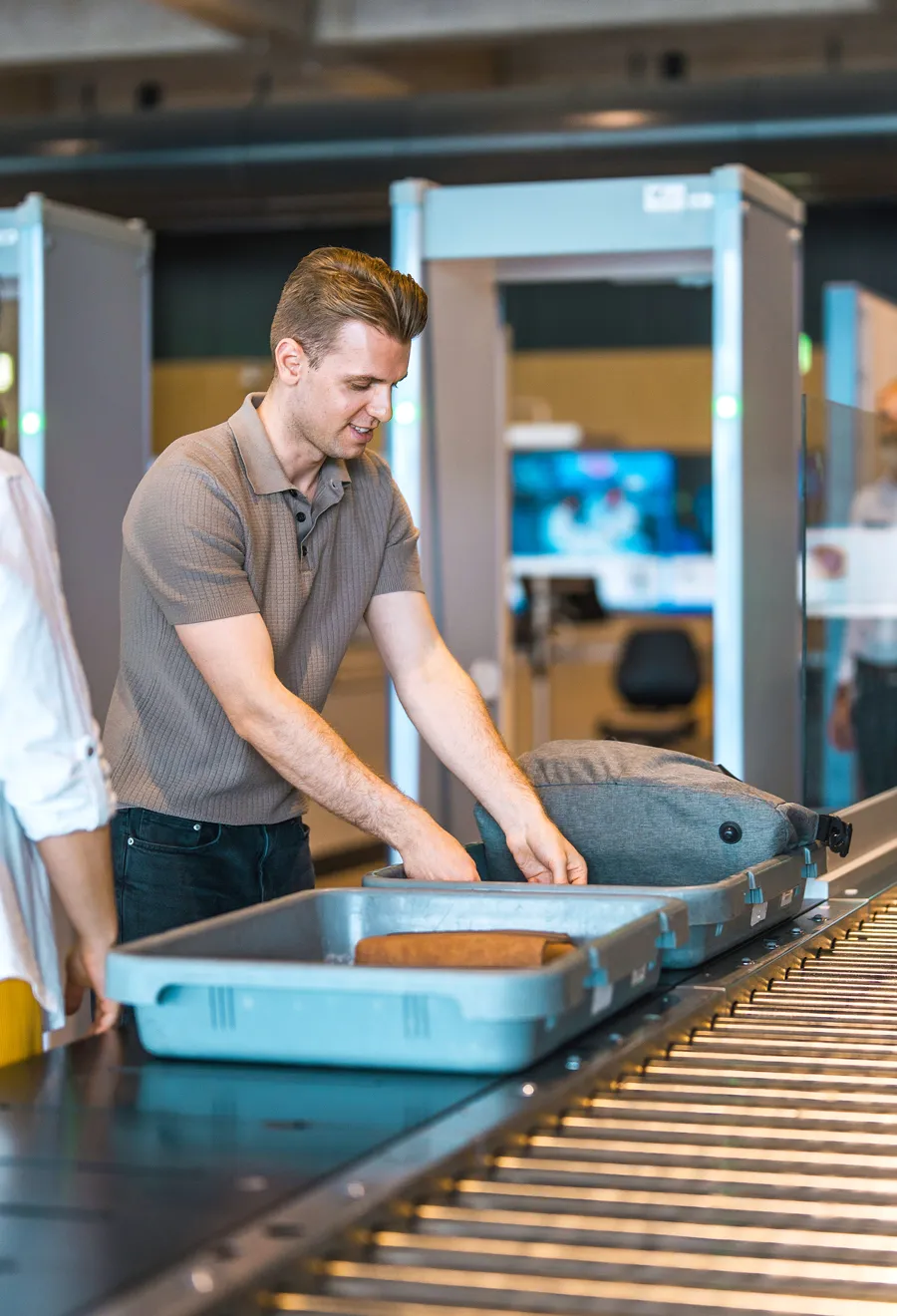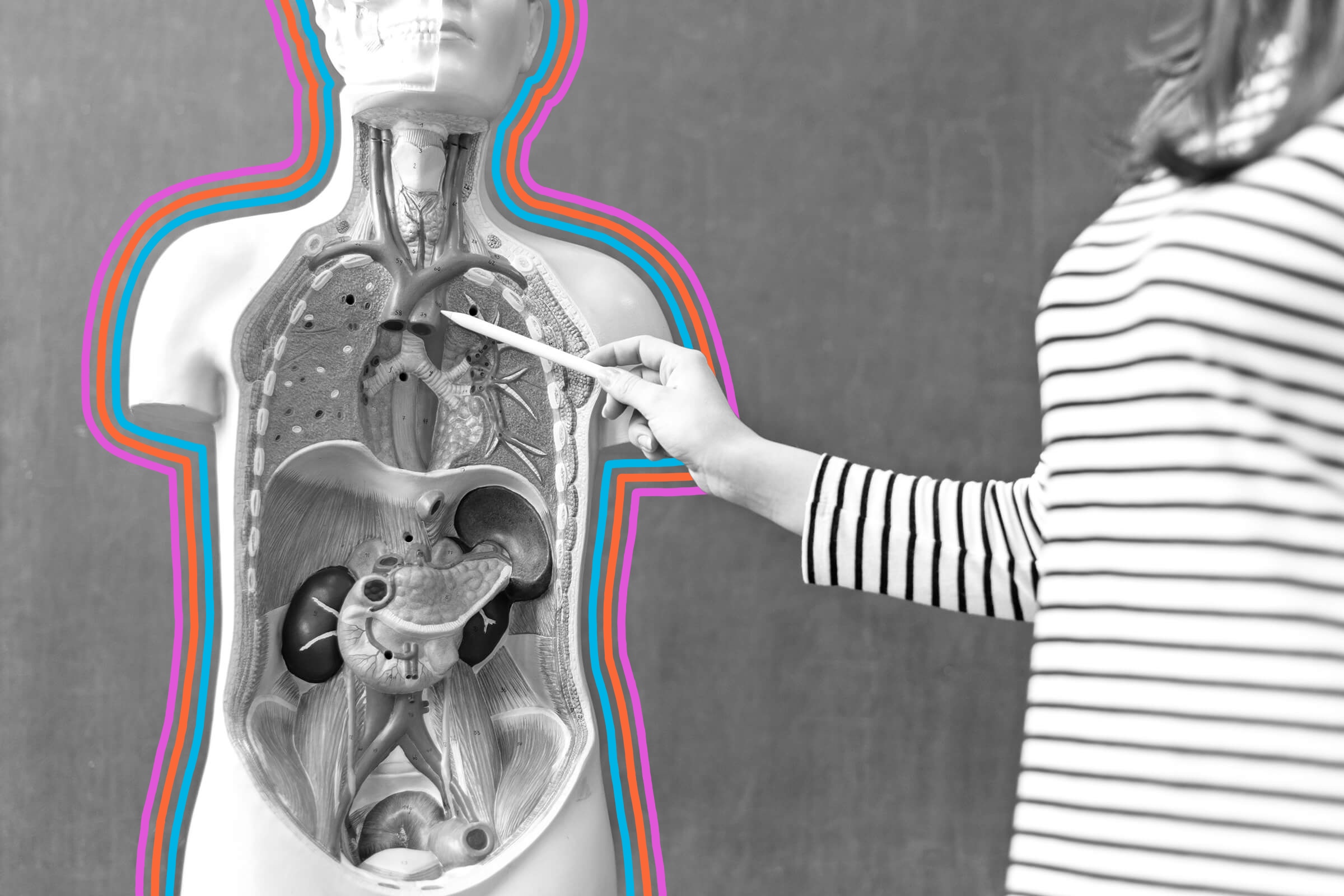Ever taken a closer look at your boarding pass and noticed the letters “SSSS” printed at the top? These four letters can be easy to miss, but they mean a more time-consuming security screening process. Here’s what to expect if you find yourself being pulled aside by a TSA agent for having “SSSS” on your boarding pass.
What Does “SSSS” Mean?
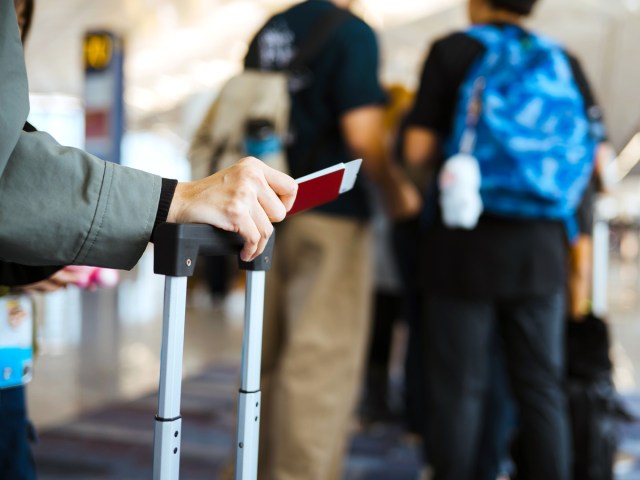
“SSSS” is short for “Secondary Security Screening Selection.” It’s a mechanism for alerting TSA agents that the passenger requires an additional security check before being cleared. Having those four letters printed on your boarding pass doesn’t necessarily mean that you’re considered a threat, though — this designation is often applied randomly. In fact, according to a 2023 U.S. Senate report, “the vast majority” of SSSS designations in recent years were random selections.
In an article for Yahoo! Creators, former TSA agent Caleb Harmon-Marshall noted some of the other common reasons why you may be pulled aside. For instance, your name may match that of a person on the “Do Not Fly” list, in which case the TSA may need to confirm your identity before allowing you to board. Other red flags include potentially suspicious travel plans, such as if the passenger booked their flight last-minute or booked a one-way international flight with no return leg.
While you can only know for certain whether you’ve been selected for an SSSS screening once you obtain your boarding pass, there are some potential clues. For instance, say you check in for your flight online but are informed you have to pick up your physical boarding pass at the counter — this may be a sign that you’ve been flagged.
What Does the Screening Process Entail?
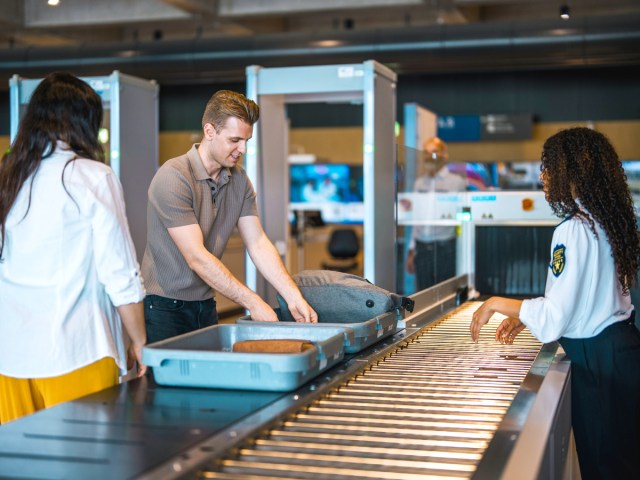
This additional security screening can be quite time-consuming, ranging from 10 minutes to over half an hour, depending on how many TSA agents are available. If you’ve been flagged, TSA agents will pull you aside to conduct a thorough search of your person and your belongings. Usually, the screening takes place at either the main security area or a screening location nearby that the TSA agent will lead you to.
During the screening, expect to have all of your luggage opened and manually inspected. This may even include agents swabbing objects to confirm there’s no potentially explosive residue present inside your bag. TSA agents also will likely both give you a physical pat-down and direct you through the body scanner so they can ensure there’s nothing potentially hazardous on your person. If you feel uncomfortable with a physical pat-down being performed in view of your fellow passengers, you can request a more private setting. Anticipate having your physical ID checked to confirm your identity as well.
Additionally, you may need to power up all of your electronic devices to prove they work. This includes your phone, tablet, or camera. If you’re unable to power up the device and prove it’s safe, TSA agents reserve the right to confiscate the item or allow you to return it to your car or home.
How To Prepare
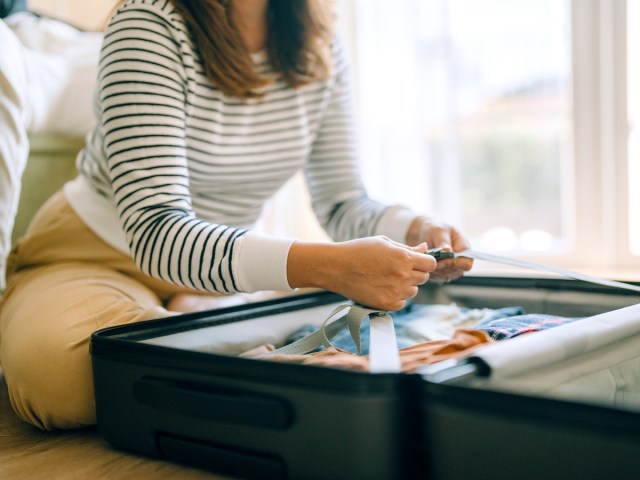
First, it’s important to arrive up to an hour earlier than you normally would if you see “SSSS” on your boarding pass or you’re worried that you may get flagged. While the process may take only a few minutes at a less-crowded airport, it can potentially take longer if agents are busy. Be sure to have your electronics fully charged to lessen the risk of any potential hang-ups with the TSA.
It’s also worth packing your suitcase neatly so you know where everything is and TSA agents can easily access the contents of your luggage. Lastly, remain calm and cooperative, abiding by any requests made by the TSA. While you probably won’t be happy to be pulled aside, complaints or aggressive behavior certainly won’t help your cause.
Is There Any Way To Avoid SSSS?
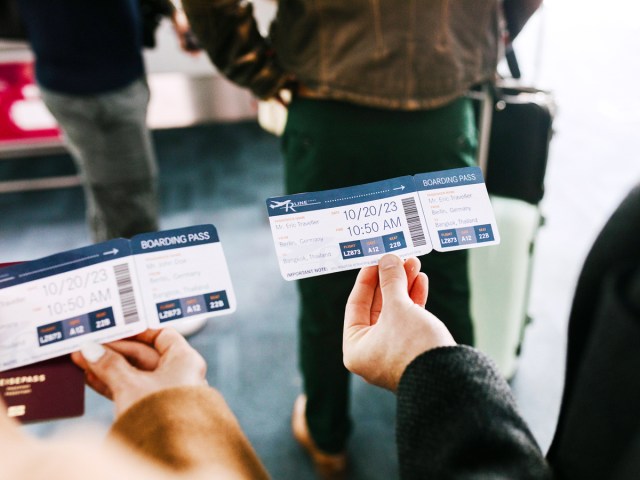
While there’s no surefire way to avoid the SSSS designation on your boarding pass, there is one way to lessen the chances that it’ll happen again. If you find yourself frequently having to deal with this nuisance, you can apply to the Department of Homeland Security’s Traveler Redress Inquiry Program (also known as DHS TRIP).
The DHS TRIP program is available to anyone who is repeatedly referred to additional security screenings. You can also apply if you frequently encounter delays or denials when trying to board an aircraft or enter the United States. The program offers support in Arabic, Spanish, Simplified Chinese, and many other languages frequently spoken in the U.S., allowing a wide array of travelers to take advantage of it if necessary.
The Department of Homeland Security will review your case, and if the application is successful, you’ll be provided with a redress number to input for any future bookings. Keep in mind that it’s different from a Known Traveler Number (KTN), which you receive through TSA PreCheck or similar programs. The redress number doesn’t guarantee you won’t be flagged in the future, but it alerts TSA that you’ve been reviewed by DHS, thus lessening the risk of future SSSS designations.
More from our network
Daily Passport is part of Inbox Studio, which publishes content that uplifts, informs, and inspires.






